Owning a dog is rewarding, yet safety depends on steady training, early socializing, and reading body language. Some breeds appear more often in surveys of owner directed aggression, usually when basic needs are missed or handling is rough. Breed does not seal a dog’s fate. Health, stress, and daily management matter most. Here are twelve breeds often flagged in datasets, plus simple habits that lower risk and support a calm, respectful home for everyone.
1. Rottweiler
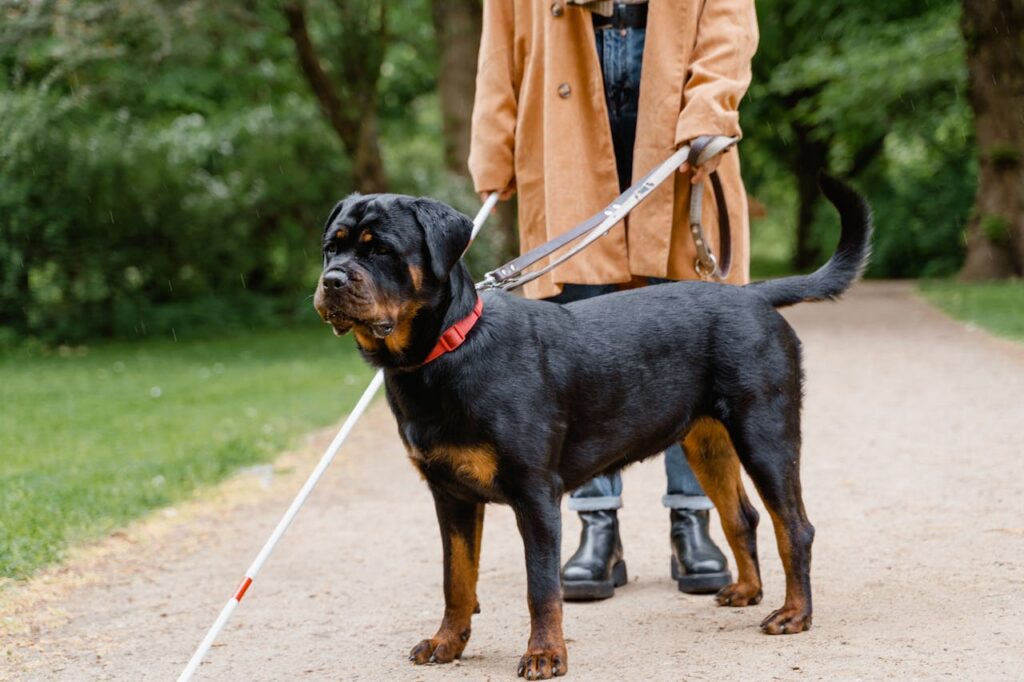
Rottweilers are powerful guardians with strong loyalty. Surveys and incident datasets sometimes place them higher for owner directed aggression, often when training is harsh or structure is missing. Early socializing, obedience built on rewards, and clear daily routines reduce conflict. Give them steady exercise and jobs like fetch or scent games to burn energy. Keep handling calm, predictable, and consistent so trust grows. Regular health checks also matter, since pain can turn even a gentle dog reactive.
2. Pit Bull Terrier
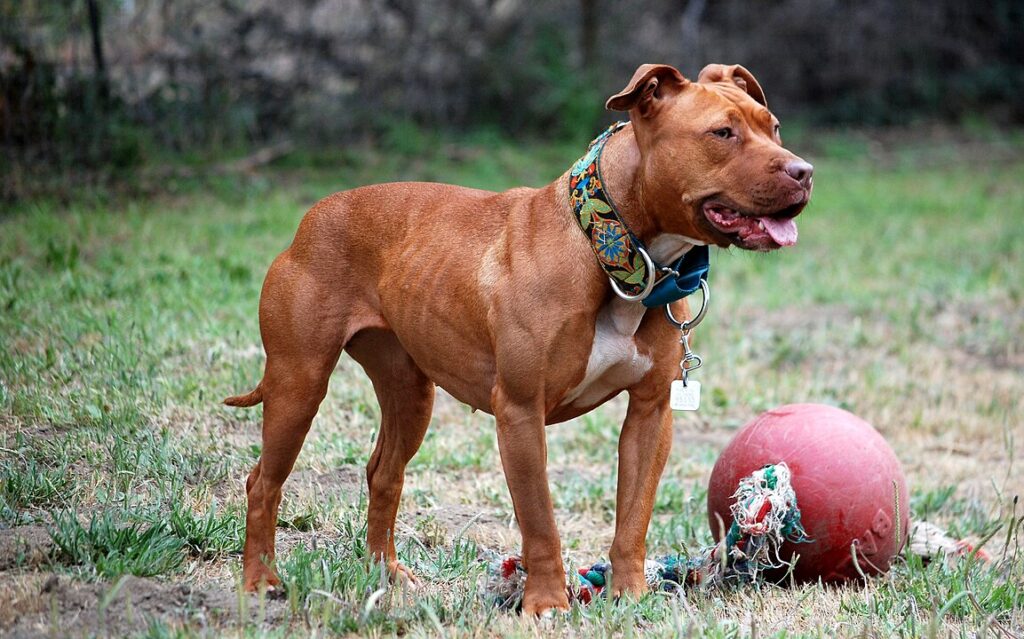
Pit bull type dogs are often highlighted in public bite reports, though breed labels can be wrong and context is often missing. Owner-directed aggression rises when dogs lack socializing, mental work, or clear boundaries. Balanced, reward-based training and daily exercise lower risks. Teach calm drop it and place cues to avoid conflicts over toys or space. Supervise play, avoid rough games, and manage stress at home. Regular vet visits and matching energy levels with the household help these strong dogs thrive while keeping trust intact.
3. German Shepherd
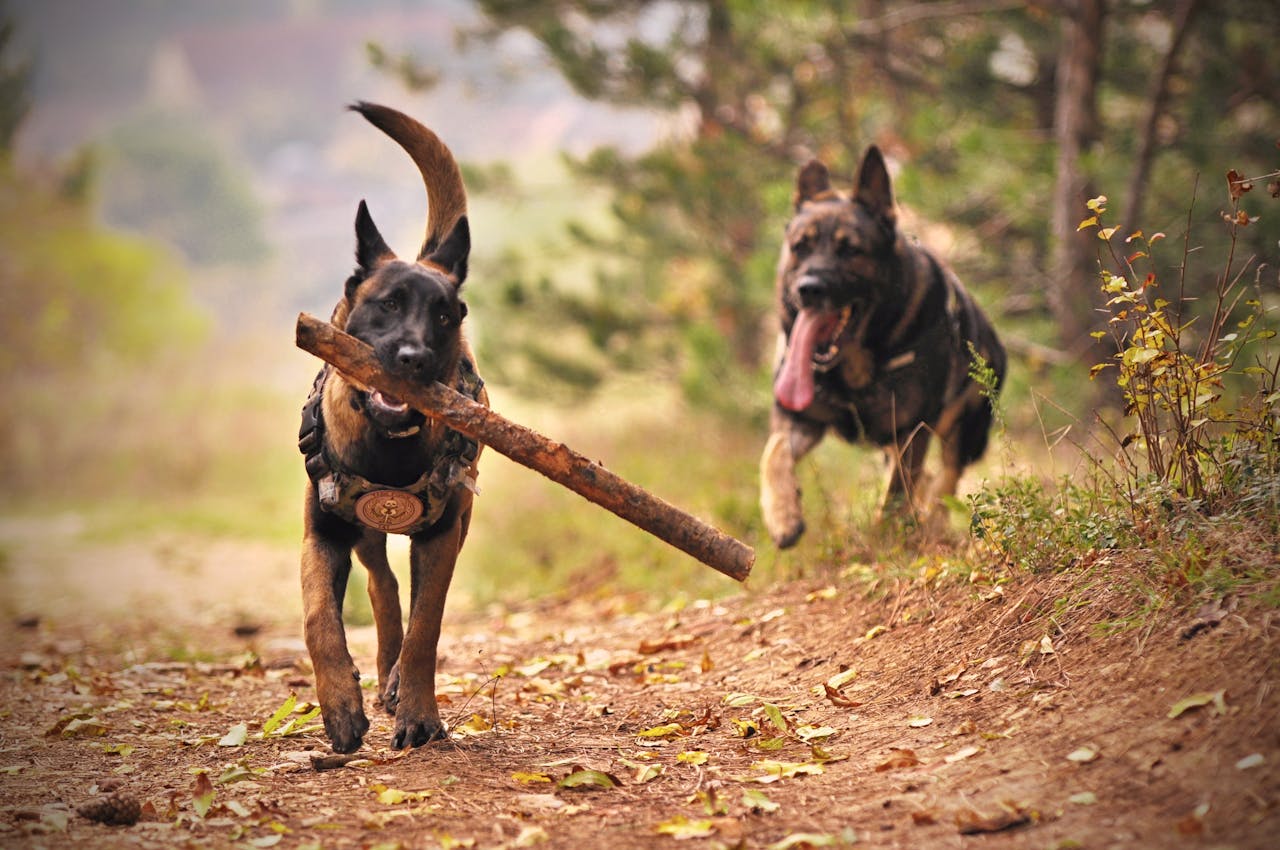
German Shepherds excel at work that demands focus and control. Some surveys note higher aggression toward familiar people when training is inconsistent or when bored dogs try to manage the home on their own. Early classes, firm but kind guidance, and brain work like tracking or puzzle feeders keep them settled. Teach reliable recalls and friendly greetings. Keep routines steady and reward calm choices so their protective nature stays helpful, not pushy.
4. Chow Chow
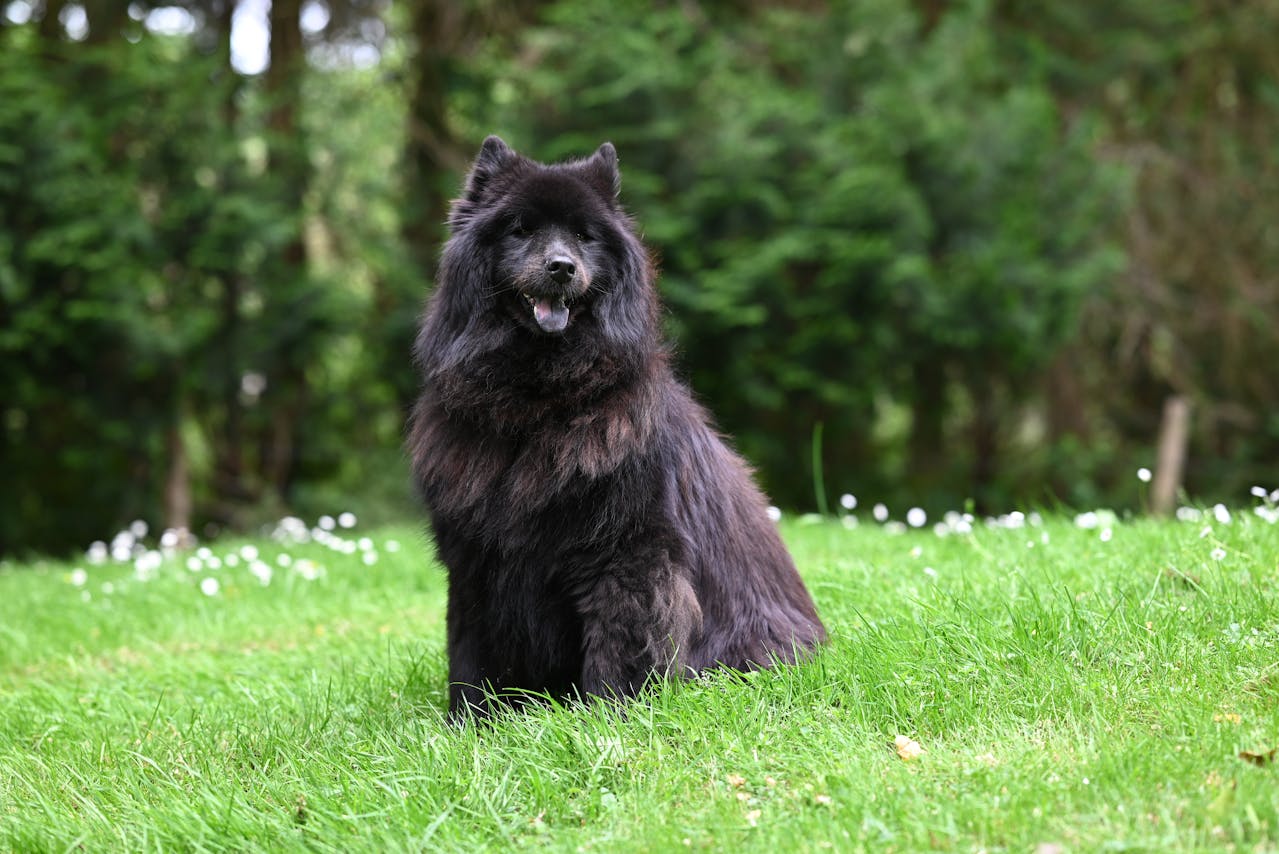
Chow Chows are independent and can be reserved with family and strangers. Data sets sometimes rank them higher for owner directed aggression, especially when socializing starts late. Begin gentle handling early and pair touch with treats so grooming and vet care feel safe. Set clear house rules, practice trade games, and avoid physical corrections that spark fights. Regular walks and quiet training sessions support a stable bond. Respect their space, read body signals, and let them choose calm contact to build trust.
5. Dalmatian
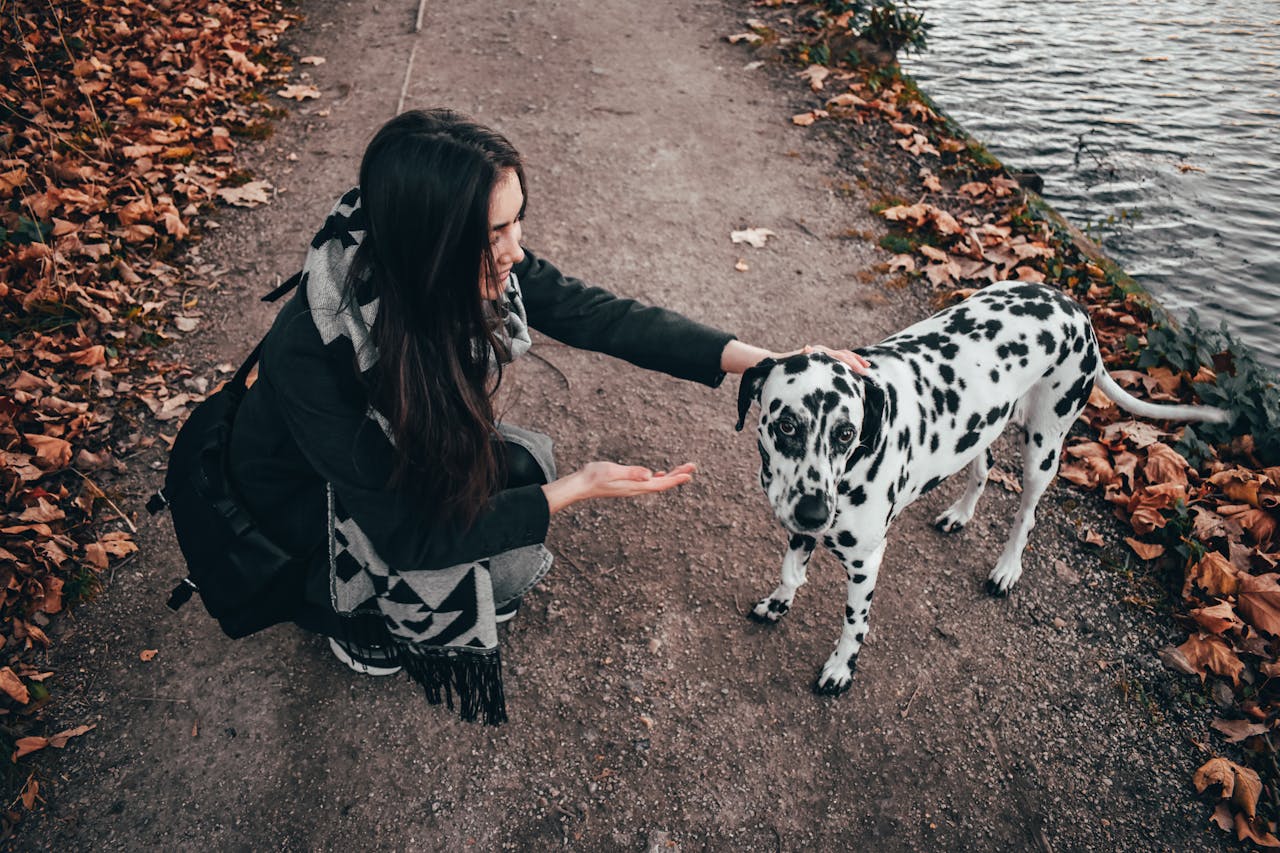
Dalmatians are athletic and smart. When exercise and structure are thin, frustration can surface as snapping at family. Owner surveys sometimes report conflicts around restraint or handling. Plan daily runs, scent work, and short training bursts that reward focus. Teach drop it, leave it, and go to mat to prevent clashes during busy times. Keep sessions upbeat, use clear cues, and praise calm choices generously. Regular hearing checks also matter for this breed, since startle reactions can rise when sounds are missed.
6. Doberman Pinscher
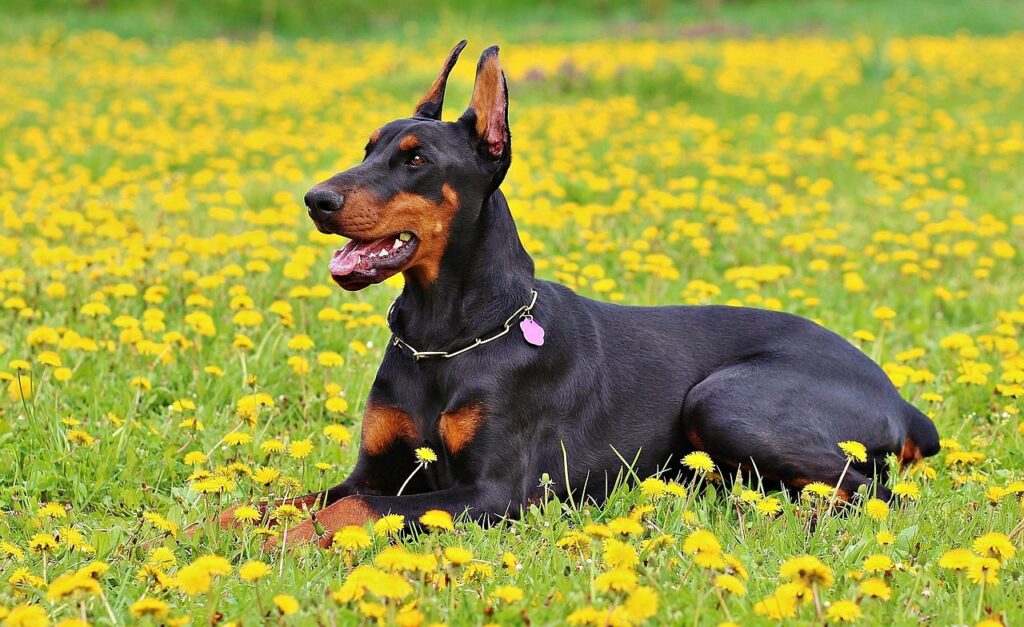
Dobermans are loyal and alert, built to guard. Some datasets list more owner conflicts when training leans on force or when young dogs lack guidance. Start with early social skills, impulse control games, and calm leash manners. Give daily jobs like fetch, scent trails, or obedience drills to channel drive. Reward relaxed behavior around doors, guests, and food bowls. Predictable routines help Dobermans feel safe and reduce pushy moments at home.
7. Alaskan Malamute

Malamutes are strong, independent workers with a high prey drive. Reports sometimes note friction with familiar people when energy needs are missed or rules are unclear. Plan long walks, cart work practice, or hiking with packs to meet their drive. Teach solid stay, leave it, and drop it to avoid resource guarding. Keep greetings calm and prevent rough play indoors. Consistent, kind leadership builds trust and limits clashes during busy family moments.
8. Siberian Husky
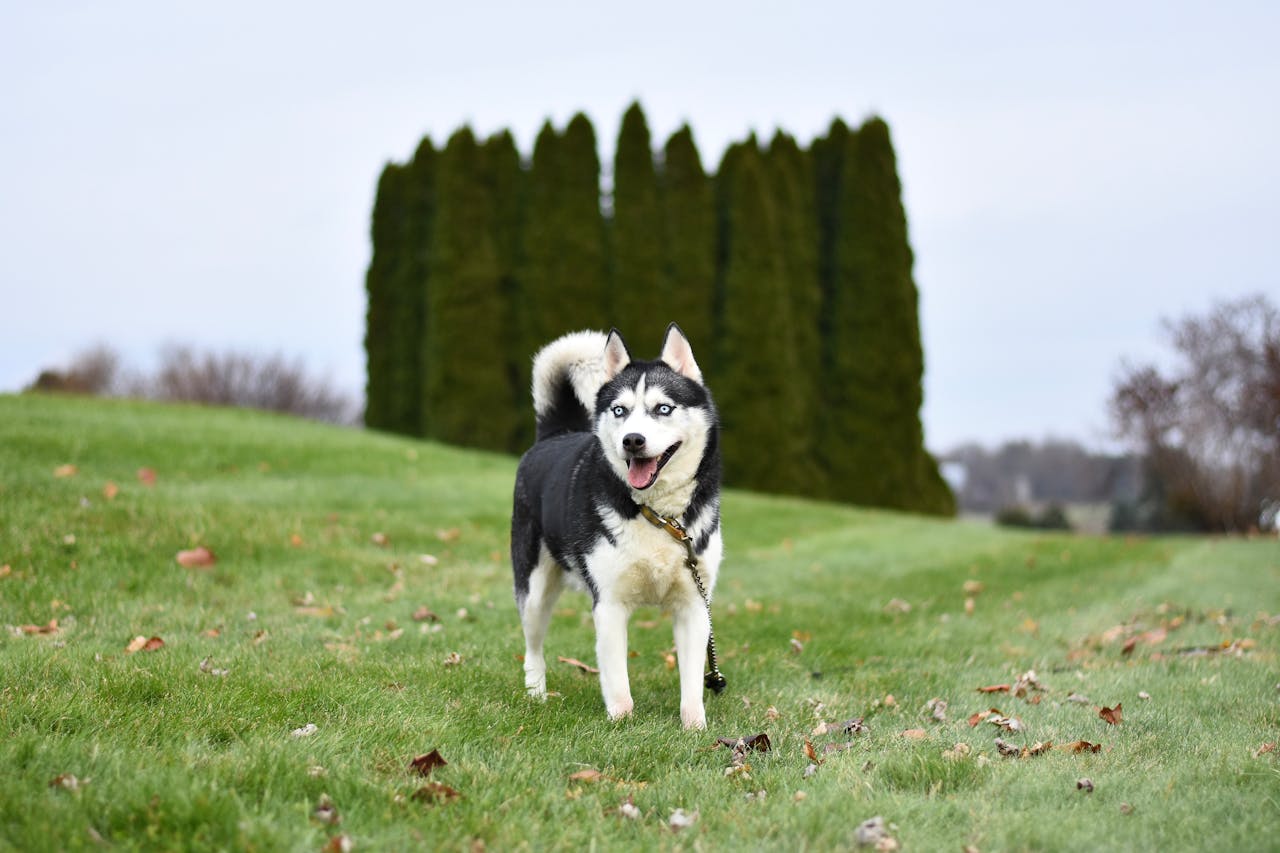
Huskies are friendly yet famously independent. Owner complaints often rise when these runners lack outlets for motion and problem solving. Daily cardio, sled or canicross practice, and brain games reduce frustration that can lead to nipping or resistance. Use secure fences and leashes, since chasing is natural for them. Keep training short and upbeat, reward check ins, and teach settle so rest feels safe indoors. Clear routines and gentle handling help turn their energy into fun teamwork rather than home battles.
9. Jack Russell Terrier
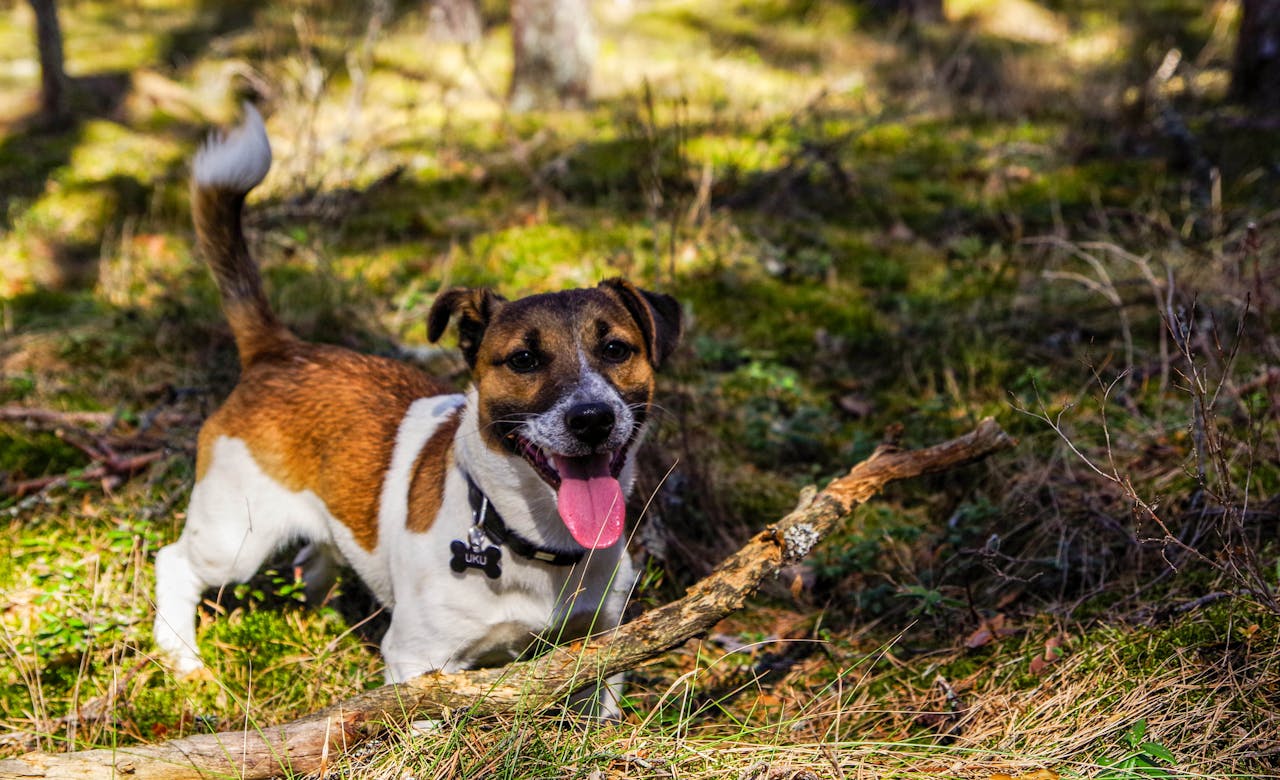
Jack Russell Terriers score high for confidence and grit. Surveys often show more owner conflicts tied to guarding toys or resisting restraint. Meet their needs with daily fetch, nose work, and puzzle feeding. Teach drop it and place to prevent disputes around furniture and doorways. Keep training lively and fair, avoid rough games, and reward calm behaviors. Clear rules plus outlets for chase and dig instincts curb snappy moments. Regular rest breaks also reduce overload that can trigger reactive snaps.
10. Presa Canario
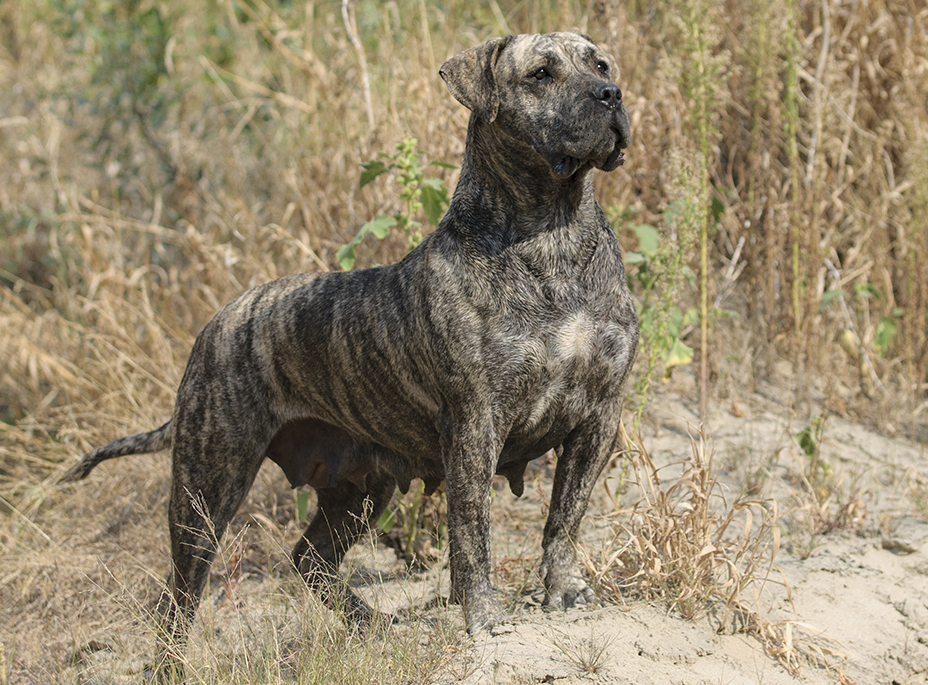
Presa Canarios are powerful guardians bred for stock work. Incident lists sometimes include them when socializing is thin and handling is rough. Choose reward based trainers, begin early with neutral exposure to people and places, and practice impulse control daily. Teach reliable leash skills and calm doorway manners. Supervise interactions and give structured exercise to drain energy. Steady leadership and kind boundaries are essential. Health checks for pain issues also help prevent sudden defensive reactions at home.
11. Boxer
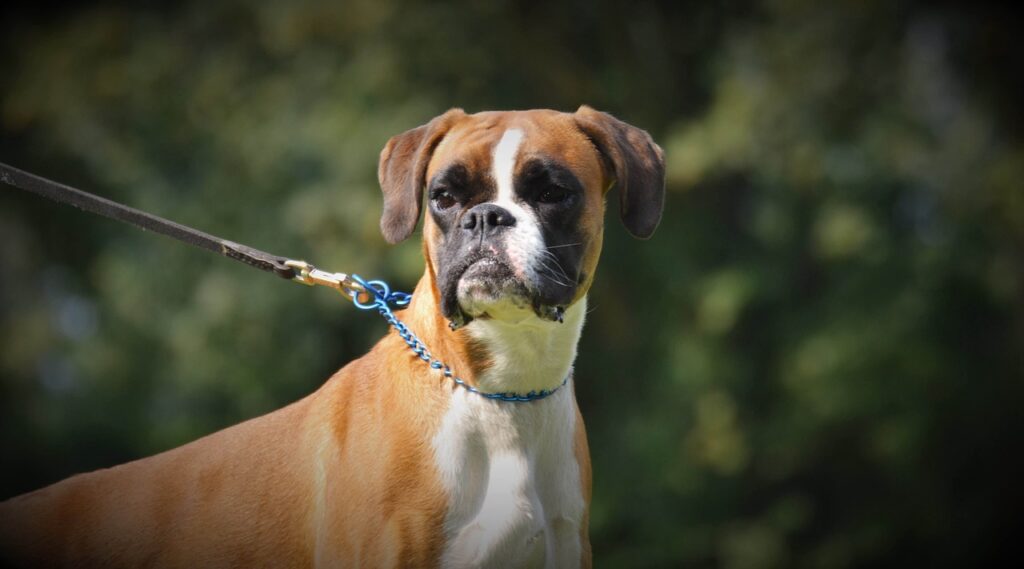
Boxers are playful athletes with big hearts and boundless energy. Frustration can spill into rough mouthing or pushy behavior when exercise and training lag. Owner surveys sometimes note conflicts during restraint or vet care. Plan daily cardio, trick training, and chew time. Teach settle on a mat and practice trade games to prevent guarding. Keep greetings low key, reward calm sits, and guide that joy into safe routines. Regular body handling practice with treats makes grooming and exams easier and less stressful.
12. Akita
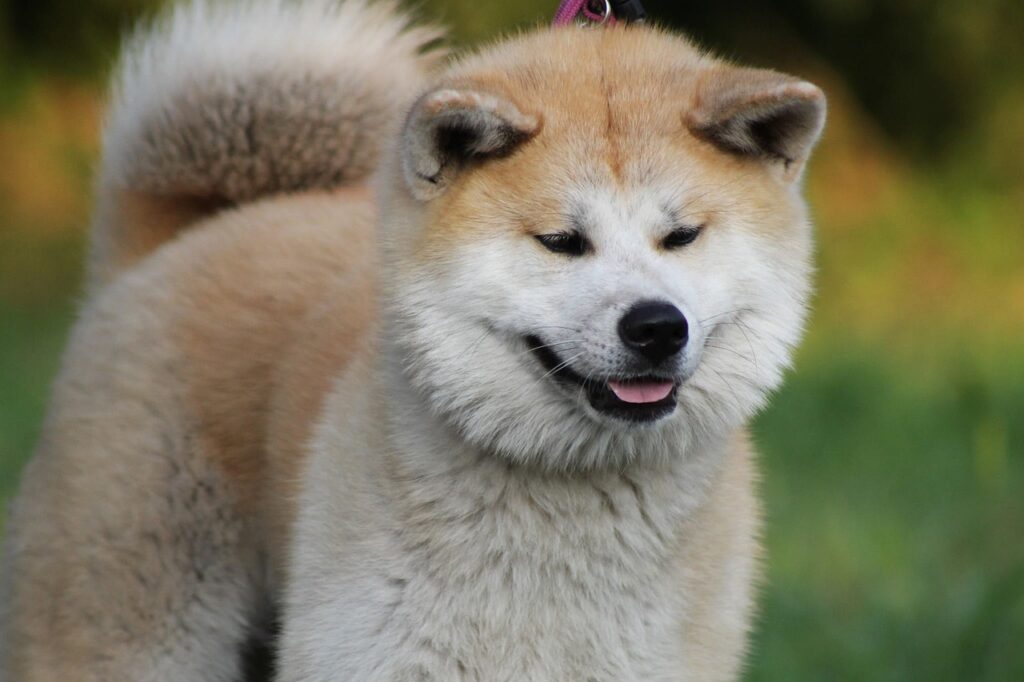
Akitas are dignified, strong, and deeply loyal to family. Their reserved nature can lead to conflict if strangers push contact or if rules are unclear at home. Some datasets report more owner directed issues without early socializing. Start young, pairing calm touch with treats, and teach leave it and come. Keep routines steady, manage space, and supervise child interactions. Respectful handling and predictable structure help Akitas relax and cooperate.
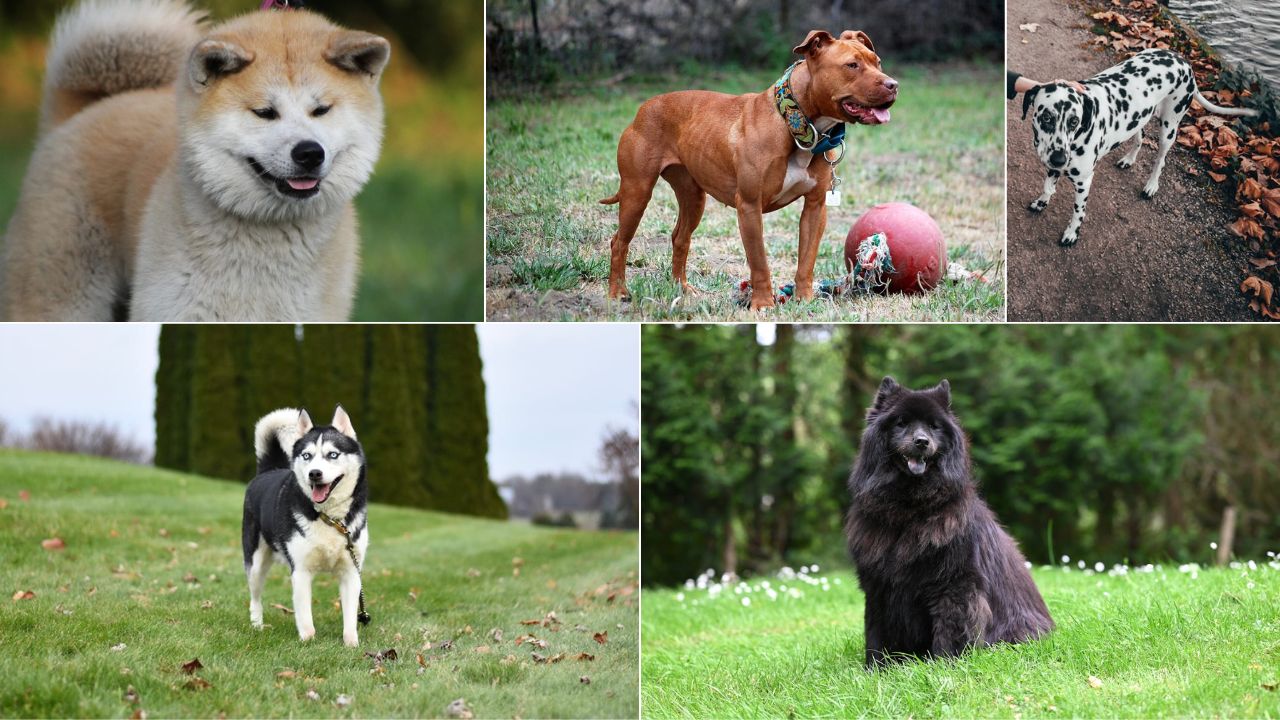
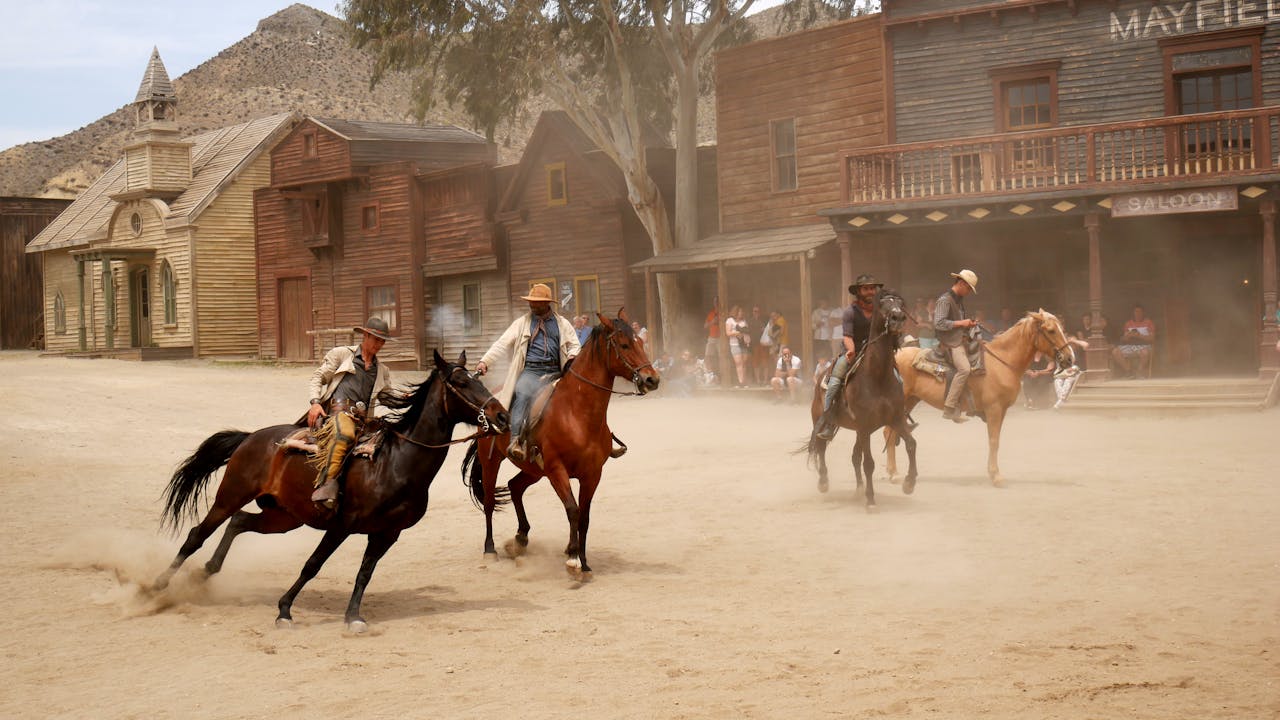

1 comment
The picture of an Akita is in error. You are showing a shiba inu.
Please fix!